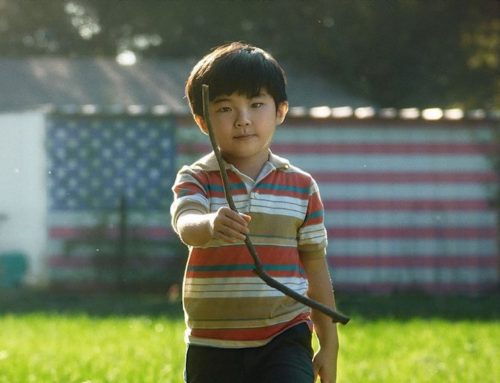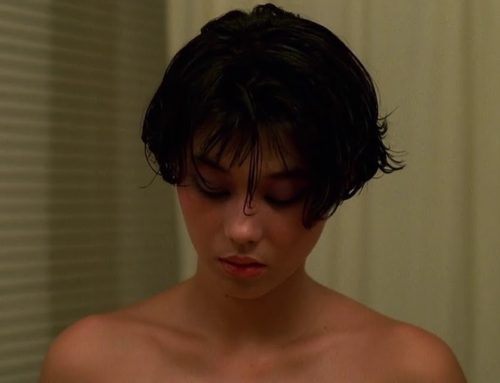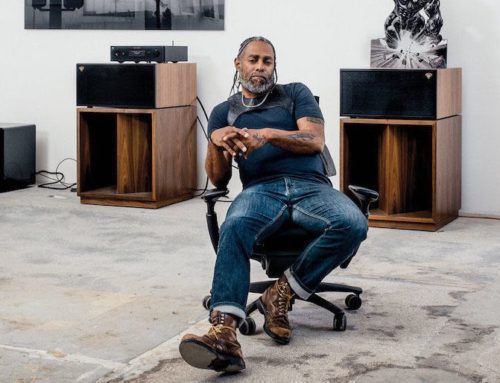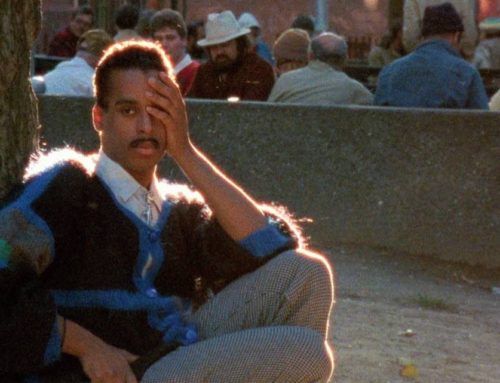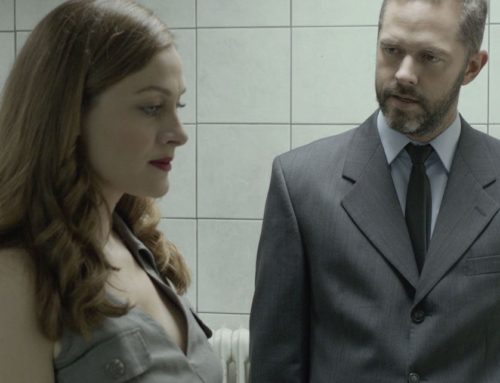Did you know, if you Google ‘why do we romanticise Paris?’, that the most common answer is ‘because you haven’t been there’ (I assume that response is given with a classically chic Parisian eye-roll of disdain).
Is it really our fault, though? Can we be blamed for thinking that that small European city could be anything other than a shining beacon of fashion, love, and freedom when we’ve been force-fed glorious images of the ‘City of Lights’ since we first went au cinema?
Probably, but you’ll never change my mind.
Let’s take a look at how Paris has been portrayed across film and why – for many of us – its allure will never cease. To make it easier to pinpoint why we’re so obsessed, I’ll break this down by the capital’s core cinematic characteristics.
FASHION:
The Devil Wears Prada, prides itself on montages and cutting monologues (“This…stuff?” – Miranda Priestley) but it’s important to note that the entire dramatic arc is centred around Paris. To its characters, Paris represents the peak of style, ambition, and desire. Both climax and denouement occur in the most archetypal settings: Champs Élysées, Notre-Dame, and Place de la Concorde (there’s even the hint of rain), during the most fashionable event of the season: Paris Fashion Week.
Costumer designer, Patricia Field, had the cast and supporting actors draped in the most elegant fabrics. The resulting aesthetic is a clear homage to the couture that Meryl Streep’s inspiration, Anna Wintour, would have been immersed in. All of these scenes are intrinsically linked the protagonist’s journey; reaching the heights of Paris Fashion Week is the pinnacle of her career and the catalyst for her personal growth.
Suddenly, Paris’ enviable style, elegance, and class is symbolic of a bigger and better life. As an audience, we don’t argue with this and we don’t question why the comic antagonist’s core raison d’être is ‘Paris Fashion Week in the Fall’. No, we’ve been influenced by centuries of Chanel, Saint Laurent, Largerfeld, Dior, et al and know better than to question that if Paris is on our screens, we must be about to enter into a world of luxury and couture.
Let’s be honest, you’re lying if you’ve never Googled ‘French girl style’.
LOVE:
‘The greatest thing you’ll ever learn, is just to love, and be loved in return’ – Baz Lurhman’s burlesqued version of the late, great David Bowie’s song was the tag line for his 2001 Moulin Rouge. He explored an obsessive love that was so ‘spectacular, spectacular’ that the Belle Epoque city backdrop was reduced to a minor character but certainly not an expendable one. Lurham infused the many faces of his romanticised Paris – Freedom, Beauty, Truth, and Love – into the soul of his story. So much so that his characters become a reflection of these traits. A tad contrived, yes, but it’s an early 2000s musical – what did you expect?
It’s when Paris takes centre stage and becomes a major player that we really start to see her power to entice and seduce. Midnight in Paris opens with what can only be described as an ode to stereotypes. The Seine, steps to the Sacré Coeur, sweeping shots of the Champs-Élysées, and the Jardin des Tuileries; café patrons quietly sipping espresso while the first showers of April fall around them. All of this, brushed with a golden sepia and cocooned within the dulcet tones of Sidney Bechet’s Si tu vois ma mère, is an elegy to a fantasy of Paris. It suggests that you can’t simply walk down a street in Paris, and see a street. No, you become absorbed into her heart and soul by simply being there, and more fool you if you don’t let her sweep you into her arms and whisper sweet French nothings.
Paris exudes love; it’s the perfect backdrop and romantic lead all in one.
FREEDOM:
From Disney to Canal+, it seems that every production company understands the fundamental magnetism of Paris. It can represent myriad facets of freedom; freedom from the stale banalities of your current path in life; freedom to discover new tastes; freedom to challenge yourself and your expectations.
As a winner of 38 cinematic awards, the team behind Ratatouille knew just how to manipulate the backdrop of Paris to create an explosion of synaesthesia. On the surface, this was a light-hearted animated film, but at its core, it was about escaping the norm and finding yourself. The glittering bokeh lights of the city skyline, the warm autumnal hues, and the promise of a fresh start is what is truly enchanting about the film.
Even the iconic and whimsical Amélie is guilty of glamorising life in Paris. Recognising the historical legacy of wanderlust and nostalgia associated with Paris was key to this film’s success.
There’s no doubt that our opinions are skewed and our vision rose-tinted but it hardly seems to matter. We watch these films primarily to escape, and to venture, gladly, into a realm of idealism; they’re not didactic and they don’t owe us a realistic documentary. Paris has been synonymous with otherworldly glamour and glory since the 1930s and, whilst it might irritate residents of the city, it certainly makes for an ideal setting for our romantic daydreams.
‘Bonjour, Paris!’: Maybe that’s why the French hate us, is an article written by Helen Tippell. You can find Helen on LinkedIn.

